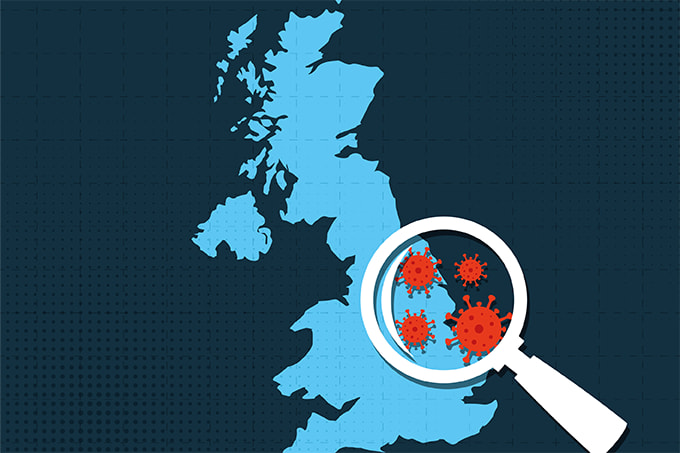Brain Tumor Biomarker
Grade II meningiomas express significantly higher levels of fibulin-2, a calcium-binding extracellular matrix glycoprotein, than their grade I counterparts (1). The protein could be used as a novel biomarker to differentiate the two grades – a task that has previously suffered from high interobserver discordance.
Assessing Alterations
Researchers have found genomic alterations that may affect treatment success in androgen receptor (AR)-V7-positive metastatic castration-resistant prostate cancer (2). ATM, NCOR2, and HSD17B4 gains were associated with AR inhibitor sensitivity, whereas BRCA2, APC, KDM5D, CYP11B1, and SPARC gains and CHD1, PHLPP1, ERG, ZFHX3, and NCOR2 losses were linked to AR inhibitor resistance.
Speedy Serology
A low-cost, solution-based assay has been developed to detect SARS-CoV-2 antibodies within 30 minutes in serum, plasma, blood, and saliva (3). The engineers hope their serological test will increase access to antibody testing in resource-limited areas, with future research aiming to develop the method for infectious diseases beyond SARS-CoV-2.
Not What We Thought
Polycystic ovary syndrome (PCOS) has been regarded as a female reproductive disorder; however, new evidence suggests that men with genetic risk factors for the syndrome exhibit an increased risk of diabetes, obesity, and cardiovascular disease (4). This suggests that PCOS may not be primarily caused by the ovaries.

Life After Death
By analyzing gene expression in fresh post-surgical brain tissue, researchers have studied transcription patterns during the postmortem interval (5). Neuronal gene expression decreased during this interval, but expression of astroglial and microglial genes increased for at least 24 hours after tissue resection.
Smart Sutures
High school student Dasia Taylor has invented color-changing sutures that react to different pH levels (6). These sutures can indicate when a wound becomes infected by signaling its change from pH 5 (healthy) to 9 (infection). The secret ingredient? Beets – which change from bright red to dark purple at the pH level of infection.
References
- AA Sofela et al., Int J Mol Sci, 22, 560 (2021). PMID: 33429944.
- S Gupta et al., Mol Cancer Res, [Online ahead of print] (2021). PMID: 33771885.
- SK Elledge et al., Nat Biotechnol, [Online ahead of print] (2021). PMID: 33767397.
- Endocrine Society (2021). Available at: https://bit.ly/3tyI6Hm.
- F Dachet et al., Sci Rep, 11, 6078 (2021). PMID: 33758256.
- T Machemer (2021). Available at: https://bit.ly/3apLaOy.




